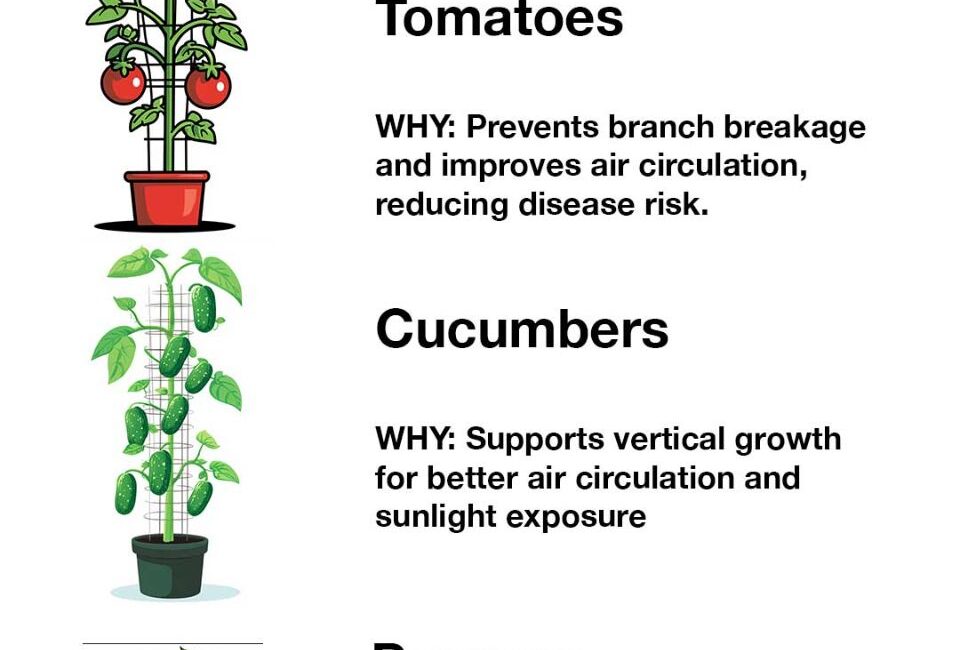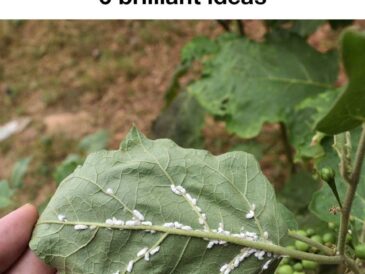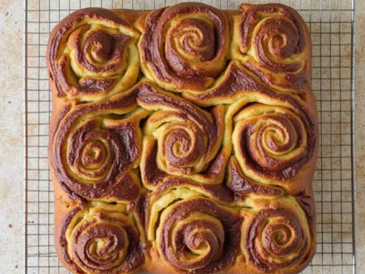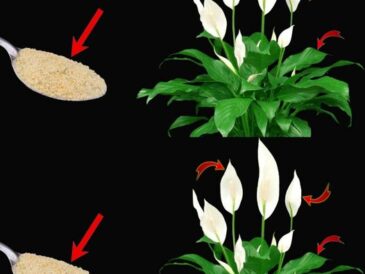Tomato cages are not just for tomatoes! These versatile, cylindrical supports can be used to grow a wide variety of plants, providing structure, improved airflow, and better sun exposure for your garden. Whether you have a small backyard, a patio garden, or a large vegetable patch, using tomato cages can maximize your growing potential. Here are 12 top plants that thrive in tomato cages and why you should consider growing them this way.
1. Tomatoes (Of Course!)
Why Grow Tomatoes in a Cage?
Tomatoes are the most common plant grown in tomato cages because they need support as they grow taller and heavier with fruit. Without a cage, tomato plants can sprawl on the ground, leading to pest issues, rotting fruit, and disease.
- Better Airflow: Reduces the risk of fungal diseases.
- More Sun Exposure: Prevents uneven ripening.
- Easy Harvesting: Keeps fruits off the ground.
Best Tomato Varieties for Cages:
- Cherry tomatoes
- Roma tomatoes
- Beefsteak tomatoes
2. Peppers (Bell, Jalapeño, Habanero, etc.)
Why Use a Cage?
Pepper plants may not grow as tall as tomatoes, but they become top-heavy when laden with fruit. Without support, the branches can break, leading to lost harvests.
- Prevents branches from bending and breaking under the weight of peppers.
- Keeps the plant upright for better sun exposure and ripening.
- Improves air circulation, reducing disease risk.
Best Pepper Varieties for Cages:
- Bell peppers
- Cayenne peppers
- Banana peppers
3. Cucumbers (Vining Varieties)
Why Use a Cage?
Cucumbers love to climb, and using a tomato cage keeps them off the ground, preventing rot and making them easier to harvest.
- Prevents cucumbers from lying on wet soil, reducing mold and rot.
- Encourages vertical growth, saving garden space.
- Keeps cucumbers straighter, rather than curling on the ground.
Best Cucumber Varieties for Cages:
- Marketmore 76
- Straight Eight
- Lemon cucumber
4. Pole Beans
Why Use a Cage?
Pole beans love to climb, and a tomato cage provides a perfect structure for them to twine around as they grow.
- Saves space compared to bush beans.
- Easier harvesting because beans grow at an accessible height.
- Keeps beans cleaner and reduces pest exposure.
Best Pole Bean Varieties for Cages:
- Blue Lake
- Kentucky Wonder
- Scarlet Runner
5. Peas (Snow Peas, Sugar Snap, English Peas)
Why Use a Cage?
Peas naturally climb using tendrils, making them ideal for a tomato cage.
- Protects delicate vines from breaking in strong winds.
- Allows better sun exposure, leading to higher yields.
- Easier to pick peas when they are off the ground.
Best Pea Varieties for Cages:
- Sugar Snap Peas
- Oregon Giant Snow Peas
- Little Marvel Garden Peas
6. Eggplants
Why Use a Cage?
Eggplants produce large, heavy fruits that can cause branches to bend and snap.
- Prevents stems from breaking under the weight of fruit.
- Keeps fruit clean and off the soil, reducing the risk of disease.
- Encourages upward growth, improving airflow and sun exposure.
Best Eggplant Varieties for Cages:
- Black Beauty
- Japanese Eggplant
- Fairy Tale
7. Squash (Small Bush or Vining Varieties)
Why Use a Cage?
Certain types of squash can be trained to climb, reducing space needs in your garden.
- Prevents rot by keeping fruit off wet soil.
- Encourages better airflow, reducing fungal disease risks.
- Easier to harvest with fruit at an accessible height.
Best Squash Varieties for Cages:
- Yellow Crookneck
- Zucchini (Bush Baby)
- Pattypan Squash
8. Strawberries
Why Use a Cage?
Growing strawberries vertically in a tomato cage helps keep the fruit clean and protected from pests.
- Protects strawberries from slugs, ants, and rot.
- Saves space in small gardens.
- Better air circulation reduces mold and mildew.
Best Strawberry Varieties for Cages:
- Alpine Strawberries
- Chandler Strawberries
- Seascape Strawberries
9. Melons (Small Varieties)
Why Use a Cage?
Small melons, like cantaloupe and mini watermelons, can grow vertically if given support.
- Saves space in small gardens.
- Reduces ground rot and insect damage.
- Better airflow leads to healthier plants.
Best Melon Varieties for Cages:
- Sugar Baby Watermelon
- Minnesota Midget Cantaloupe
- Jenny Lind Melon
Tip: Use soft slings (like old T-shirts) to support heavy melons as they grow.
10. Herbs (Tall Varieties)
Why Use a Cage?
Some herbs can become bushy or floppy, and a tomato cage helps them stay upright.
- Prevents herbs from sprawling and shading other plants.
- Encourages better airflow, reducing mold and mildew.
- Makes harvesting easier by keeping leaves at an accessible height.
Best Herbs for Cages:
- Basil
- Dill
- Rosemary
11. Tomatillos
Why Use a Cage?
Tomatillos grow similarly to tomatoes and need support to prevent sprawling.
- Keeps plants upright for easier harvesting.
- Prevents branches from snapping under the weight of fruit.
- Improves airflow, reducing disease risks.
Best Tomatillo Varieties for Cages:
- Verde
- Purple Tomatillo
- Toma Verde
12. Raspberries (Dwarf or Container Varieties)
Why Use a Cage?
Dwarf raspberry plants benefit from tomato cages by staying upright instead of sprawling.
- Provides structure to prevent bending or breaking.
- Encourages upward growth, saving space.
- Keeps fruit off the ground, reducing rot and pest damage.
Best Raspberry Varieties for Cages:
- Raspberry Shortcake
- Heritage Raspberries
- Fall Gold
Final Thoughts: Maximize Your Garden with Tomato Cages
Tomato cages are one of the most underutilized garden tools! They provide vertical support, protect delicate plants, and help maximize space in small gardens. Whether you’re growing vegetables, fruits, or herbs, using tomato cages can help increase your yield while making maintenance and harvesting easier.
Quick Recap: Best Plants for Tomato Cages
✅ Tomatoes 🍅
✅ Peppers 🌶️
✅ Cucumbers 🥒
✅ Pole Beans 🫘
✅ Peas 🌱
✅ Eggplants 🍆
✅ Squash 🎃
✅ Strawberries 🍓
✅ Melons 🍈
✅ Herbs 🌿
✅ Tomatillos 🍏
✅ Raspberries 🍇
By getting creative with tomato cages, you can grow more food in less space while improving the health and productivity of your plants. Happy gardening! 🌱🌞




